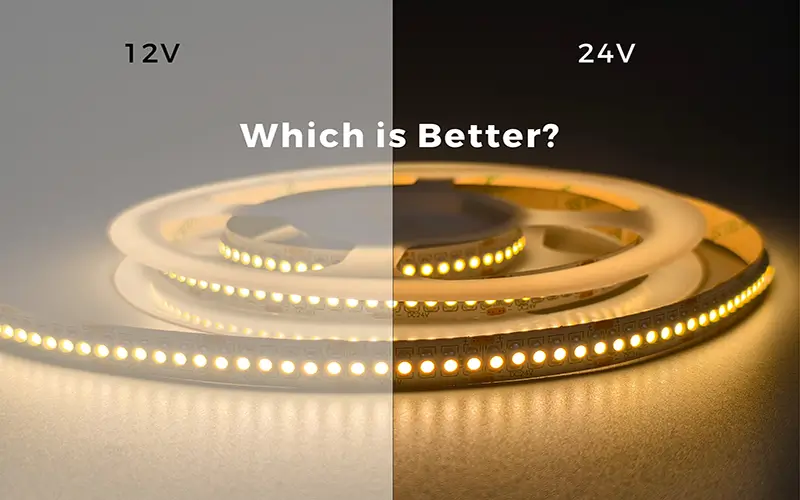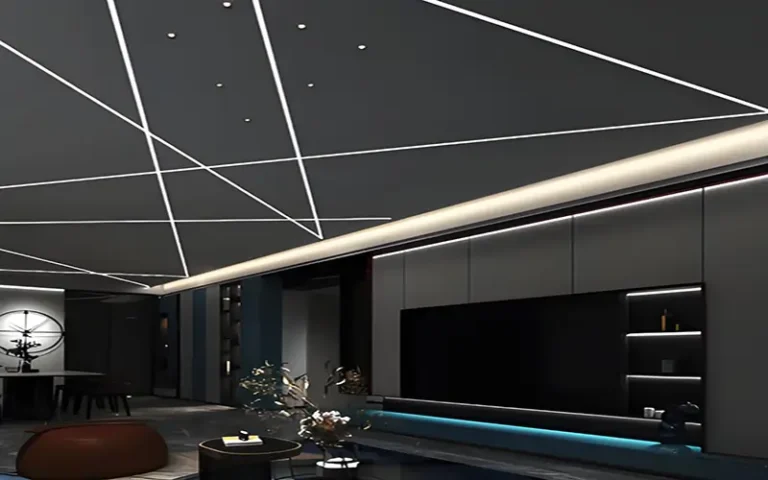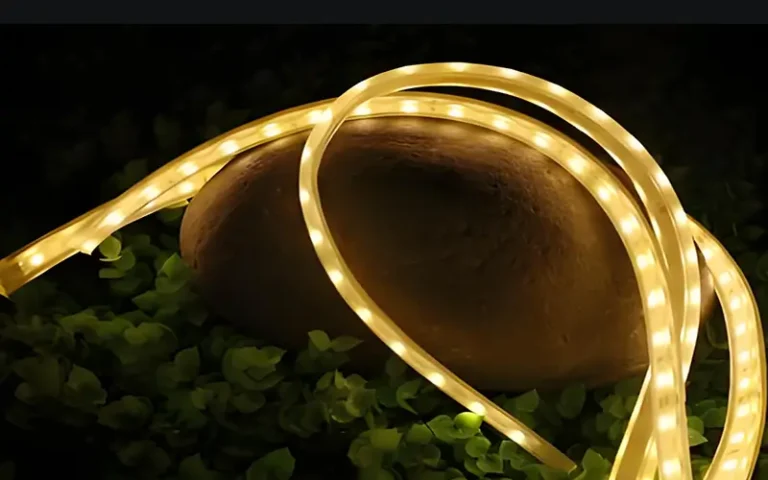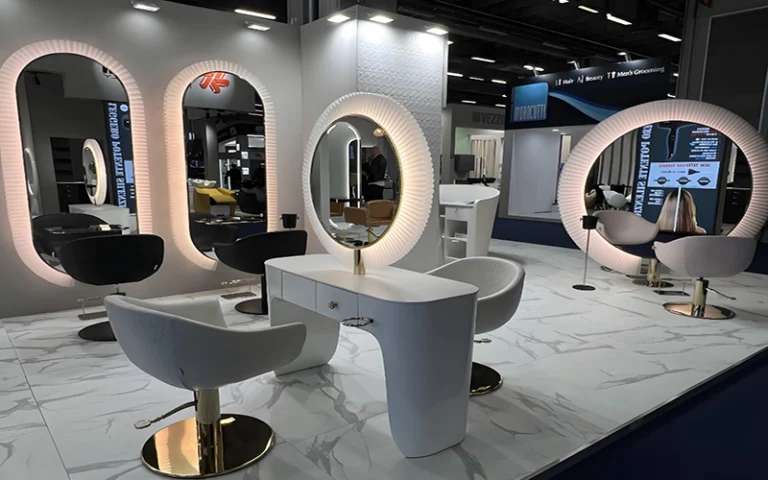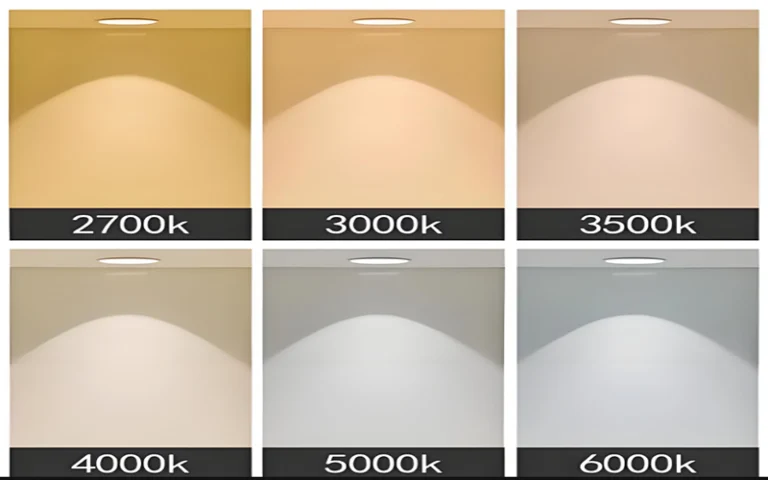12V or 24V LED Strip, Which is Better?
When choosing LED strip lights for your indoor and outdoor project, one of the most crucial decisions is selecting the right voltage: 12V or 24V. Both of them are 240LEDs per meter, also SMD3528. So it essential to understand their differences and advantages. In this article, we will delve into the specifics of 12V and 24V LED strips, their benefits, and how to decide which one is better suited for your specific lighting needs.
What is a 12V LED Strip?
When discussing 12V LED strip lights, it’s essential to understand what voltage means. Voltage refers to the electrical potential difference between two points, akin to electrical pressure.
A 12V LED strip operates at a lower voltage, which is the most commonly used voltage for these lights. This makes 12V LED strips a popular choice for residential and smaller-scale commercial applications.
12V LED strips can be easily powered by a battery, a power source, or a mains power supply that outputs 12V DC LEDs require significantly less power than incandescent lights, meaning a high-powered voltage source isn’t necessary. You can connect the LEDs to the power supply with a wire, and it’s possible to use cables with different colored wires for easier installation.
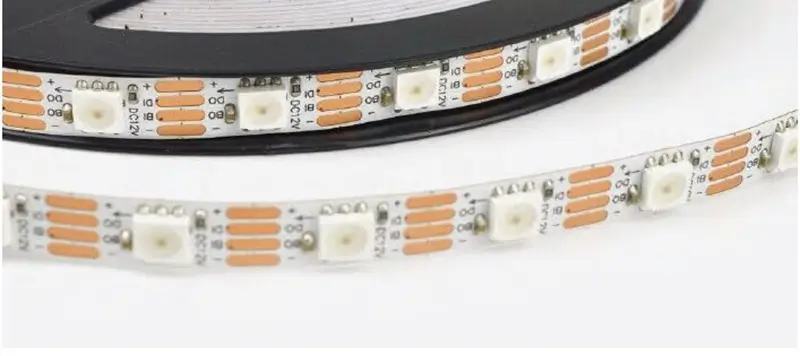
Benefits of 12V LED Strip Lights
If the user need the minimal power consumption, 12v LED strip lights are an excellent choice.
- Customization
12V LED light strips are great for lighting any application that might require a customizable length, whether it be outdoors or indoors. - Diversification
12V LED strip lights are highly versatile. They can be used in various settings, including under cabinets, in coves, or as backlighting for TVs and mirrors. - Safety
Operating at a lower voltage, 12V LED strips are generally safer to handle and install, reducing the risk of electrical hazards. - Flexibility
Due to their design, 12V LED strips are more flexible and easier to cut and connect, allowing for more intricate lighting designs. - Availability
12V LED strips are widely available and compatible with many accessories and controllers, making them an accessible option for DIY enthusiasts.
Where to use 12V LED Strip?
12V LED lights strip are perfect for use in the following applications:
- Cars
- Boats
- Vehicles
- TV backlight
- Trade Booths
- Displays
- Signages
What is a 24V LED Strip?
24V versions of LED strips are more capable of carrying the current required for their higher wattage than 12V versions. And almost all high-density, high-wattage LED strips will have a 24V voltage option. All high-wattage and high-brightness LED strips should be 24 volts.
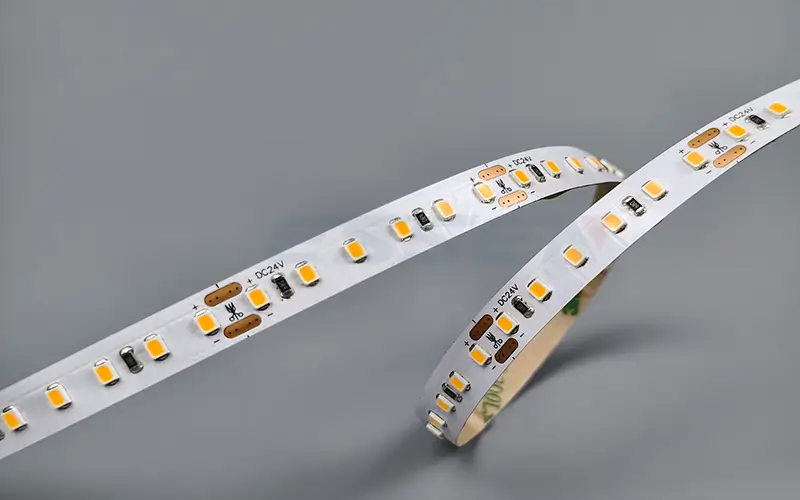
Benefits of 24V LED Strip Lights
24v LED strips require more power, but they also have many advantages
- Energy Efficiency
Although 24V LED strips require more power, they are more energy-efficient than their 12V counterparts. They use less current and generate less heat, making them an efficient lighting choice. - Longer Runs
One of the main advantages of 24V LED strips is their ability to cover longer distances without significant voltage drops. This feature makes them perfect for illuminating large spaces like retail stores, warehouses, and expansive outdoor areas. - Higher Brightness
24V LED strips can achieve higher brightness levels, which is particularly useful in areas that require intense lighting, such as workspaces and outdoor environments. - Reduced Wiring Complexity
Because they can run over longer distances, 24V LED strips minimize the need for multiple power supplies and extensive wiring connections, thereby simplifying the installation process.
Where to Use 24V LED Strip Lights?
24v LED strip lights offer greater flexibility when it comes to installation. With their ability to support longer runs of LEDs, 24v LED strip lights are better for larger spaces
For example:
- Kitchen Lighting
- Big space
- Long Run Outdoor Applications
- Tradeshow Hall or Spaces
- Architectural Lighting
Differences between 12V and 24V LED Strips
The main differences between 12V and 24V LED strips are the cut-off point and brightness, which you need to consider based on your lighting project.
Voltage Drop
12V strips have a more noticeable voltage drop over longer runs. In contrast, 24V strips maintain consistent brightness over longer runs.
Power Consumption
While both 12V and 24V LED strip are energy efficient, 24V strips generally offer more lumens per watt, providing brighter light with less power consumption.
Installation Length
24V LED strips can be installed continuously for long periods of time without noticeable loss of brightness, and can be connected longer. 12V strips may require more frequent power input points.
Cut-off Point and Current Strength
24V strips generally offer higher brightness levels, making them more suitable for applications that require strong lighting. 12V LEDs are always in the middle. The distance between them is half the cut-off point. 24V consumes half the current of 12V. 24V can power twice as many LEDs on the same receiver.
Choosing Between 12V and 24V LED Strip
Power Consumption
Evaluate your power needs. If energy efficiency and conservation are a priority. And you need brighter lighting, then 24V may be a better choice.
Length of the Installation Area
Consider the length of the installation area. If you are installing shorter runs, 12V LED strips will often suffice. For longer runs, 24V LED strips are more efficient and provide more consistent brightness levels.
Brightness Level Required
Determine the brightness level you need. 24V strips are generally brighter and are suitable for task lighting or large spaces. 12V LED strip are great for accent lighting.
Summary
Whether you choose 12V or 24V LED strips depends on your specific needs and installation requirements. 12V strips are ideal for small residential projects that require flexibility and safety. In contrast, 24V strips are better suited for larger commercial installations that require higher brightness and longer run times.
Both 12v and 24v LED strips have their own unique advantages and disadvantages, and the key is to choose the voltage that best meets your specific requirements. By understanding the differences and advantages of each type, you can make an informed decision to ensure the success of your lighting project.
FAQs
The main difference is the voltage required for each strip. 12V strips operate at 12 volts, while 24V strips operate at 24 volts. Both have different brightness and clipping points, which affects their power consumption, brightness, and the length of strip that can be powered without significant voltage drop.
In general, 24V LED strips can achieve higher brightness levels than 12V strips because they are able to handle more power more efficiently. This is why almost all high-density and high-brightness LED strips are 24V only.
This is not possible, a 12V power supply cannot be used with a 24V LED strip, and you must choose a compatible power supply. The voltage must meet the requirements of the LED strip in order to operate correctly and safely.
12V LED strips are great for shorter runs and smaller projects, such as under-cabinet lighting, lighting behind TVs, and automotive lighting.
24V LED strips are better suited for longer runs and larger spaces, such as retail stores, warehouses, and indoors. In addition, there are broader outdoor, architectural, commercial, and landscape lighting applications where 24V LED strips are recommended.

